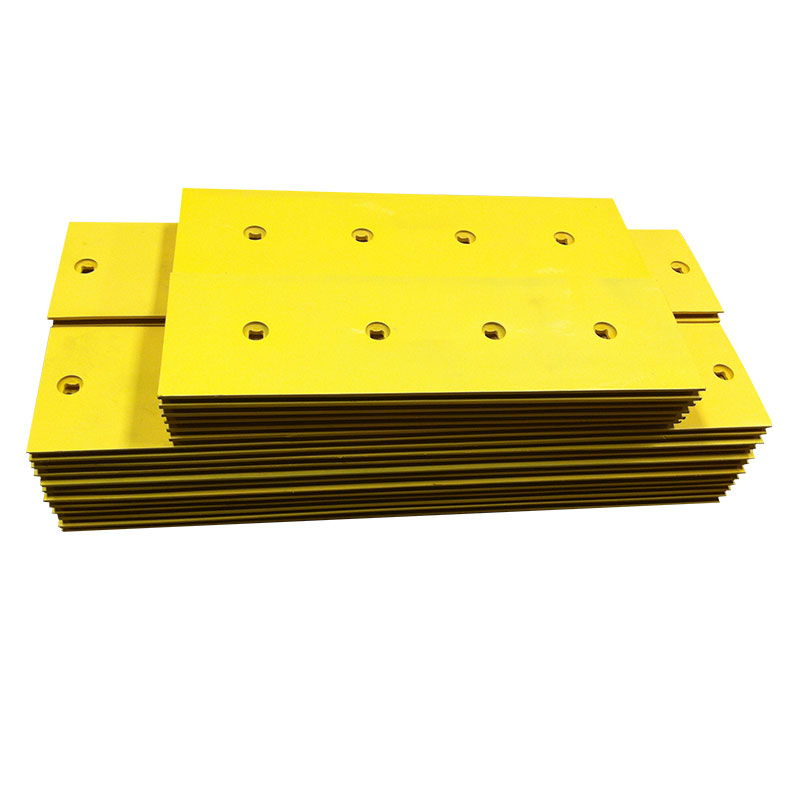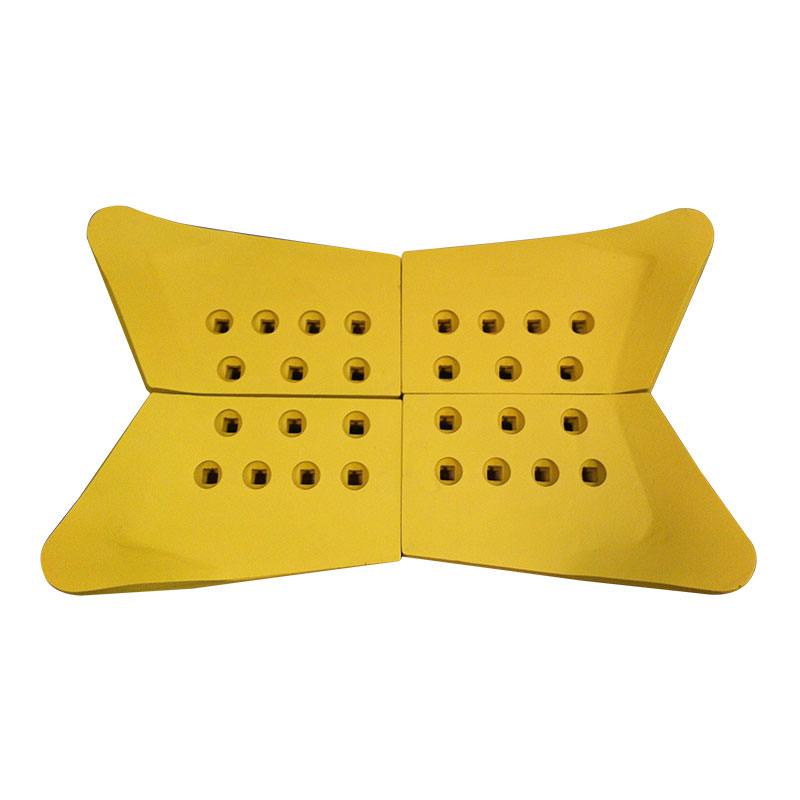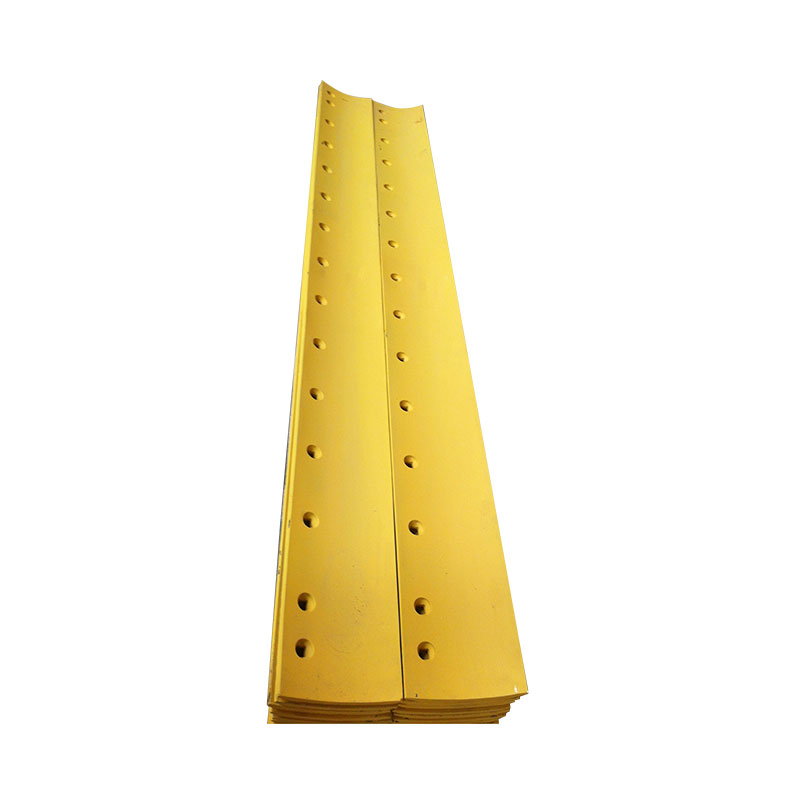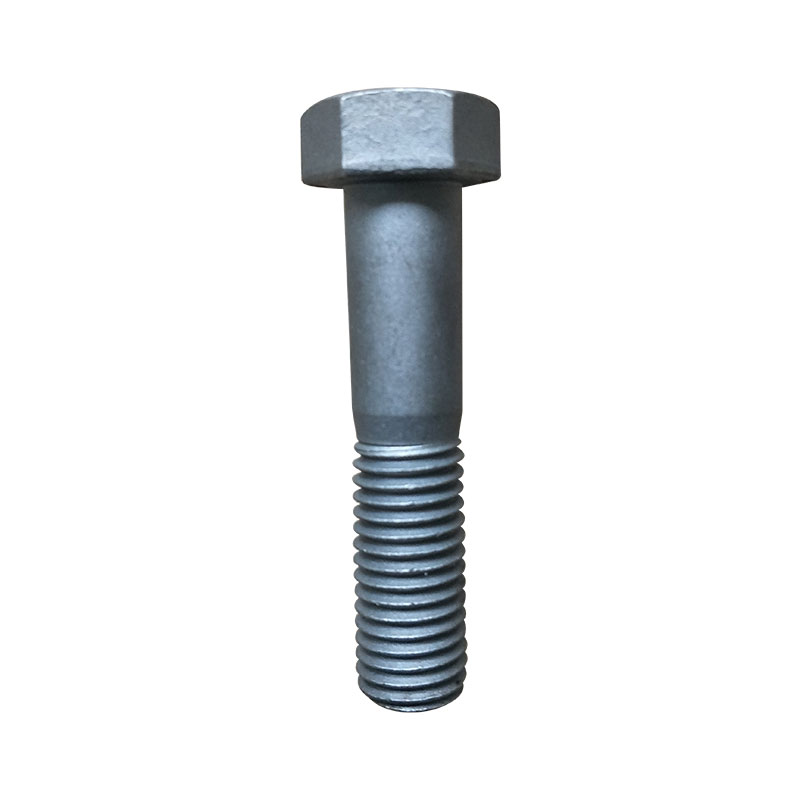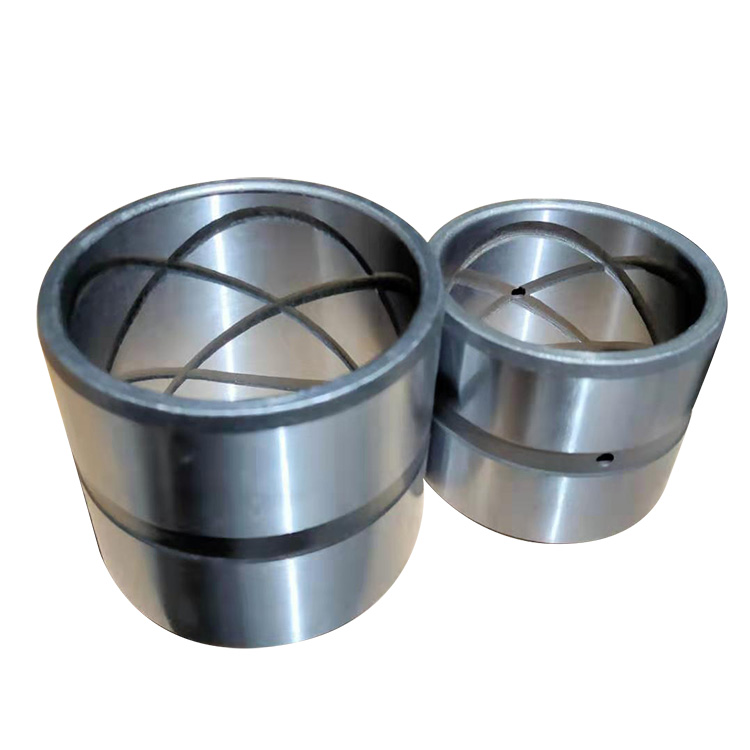
What is the most commonly used material for copper bushing?
1. Brass is a copper alloy with zinc as the main alloying element. According to the chemical composition, brass is divided into ordinary copper and special brass two kinds.
Common brass is an alloy of copper and zinc. Due to good plasticity, suitable for manufacturing plate, bar, wire, pipe and deep drawing parts, such as condensation pipe, heat dissipation pipe and mechanical, electrical parts. Brass with an average copper content of 62% and 59% can also be cast, known as cast brass.
(2) Special brass In order to obtain higher strength, corrosion resistance and good casting performance, aluminum, silicon, manganese, lead, tin and other elements are added to the copper zinc alloy to form special brass. Such as lead brass, tin brass, aluminum brass, silicon brass, manganese brass and so on.
Lead brass has excellent machinability, good wear resistance, and is widely used in the manufacture of clock parts, bearing bush and bushing by casting.
Tin brass has good corrosion resistance and is widely used in the manufacture of Marine parts. ,
Aluminum in aluminum brass can improve the strength and hardness of brass, improve the corrosion resistance in the atmosphere, aluminum brass used in the manufacture of corrosion resistant parts.
The silicon in silicon brass can improve the mechanical properties, wear resistance and corrosion resistance of copper. Silicon brass is mainly used in the manufacture of Marine parts and chemical machinery parts.
2. bronze
Bronze originally refers to copper-tin alloy, but in the industry, it is customary to call copper alloys containing aluminum, silicon, lead, beryllium, manganese as bronze, so bronze actually includes tin bronze, aluminum bronze, aluminum bronze, beryllium bronze, silicon bronze, lead bronze, etc. Bronze is also divided into pressure working bronze and cast bronze.
(1) Tin bronze A copper-based alloy with tin as the main alloying element is called tin bronze. The tin bronze used in industry mostly contains between 3% and 14% tin. Tin bronze with less than 5% tin content is suitable for cold working. Tin bronze with 5% ~ 7% tin content is suitable for hot working. Tin bronze with tin content greater than 10% is suitable for casting. Tin bronze is widely used in shipbuilding, chemical industry, machinery, instrument and other industries, mainly used in the manufacture of bearing, bushing and other wear-resistant parts, spring and other elastic components, as well as anti-corrosion, anti-magnetic parts.
(2) Aluminum bronze A copper-based alloy with aluminum as the main alloying element is called aluminum bronze. Aluminum bronze has higher mechanical properties than brass and tin bronze. The aluminum content of aluminum bronze in practical application is between 5% and 12%, and the aluminum bronze with 5% to 7% aluminum has the best plasticity, which is suitable for cold working. When the aluminum content is greater than 7% ~ 8%, the strength increases, but the plasticity decreases sharply, so it is mostly used in the cast state or after hot working. Aluminum bronze has higher wear resistance and corrosion resistance in atmosphere, seawater, seawater carbonic acid and most organic acids than brass and tin bronze. Aluminum bronze can be manufactured gear, shaft sleeve, worm gear and other high strength wear resistance parts and high corrosion resistance elastic components.
(3) Beryllium bronze A copper alloy in which beryllium is the basic element is called beryllium bronze. Beryllium bronze contains 1.7% to 2.5% beryllium. Beryllium bronze has high elastic and fatigue limits, excellent wear resistance and corrosion resistance, good electrical and thermal conductivity, and has the advantages of non-magnetism and no spark when hit.
 English
English  Español
Español  Português
Português  русский
русский  Français
Français  日本語
日本語  Deutsch
Deutsch  tiếng Việt
tiếng Việt  Italiano
Italiano  Nederlands
Nederlands  ภาษาไทย
ภาษาไทย  Polski
Polski  한국어
한국어  Svenska
Svenska  magyar
magyar  Malay
Malay  বাংলা ভাষার
বাংলা ভাষার  Dansk
Dansk  Suomi
Suomi  हिन्दी
हिन्दी  Pilipino
Pilipino  Türkçe
Türkçe  Gaeilge
Gaeilge  العربية
العربية  Indonesia
Indonesia  Norsk
Norsk  تمل
تمل  český
český  ελληνικά
ελληνικά  український
український  Javanese
Javanese  فارسی
فارسی  தமிழ்
தமிழ்  తెలుగు
తెలుగు  नेपाली
नेपाली  Burmese
Burmese  български
български  ລາວ
ລາວ  Latine
Latine  Қазақша
Қазақша  Euskal
Euskal  Azərbaycan
Azərbaycan  Slovenský jazyk
Slovenský jazyk  Македонски
Македонски  Lietuvos
Lietuvos  Eesti Keel
Eesti Keel  Română
Română  Slovenski
Slovenski  मराठी
मराठी  Srpski језик
Srpski језик 

